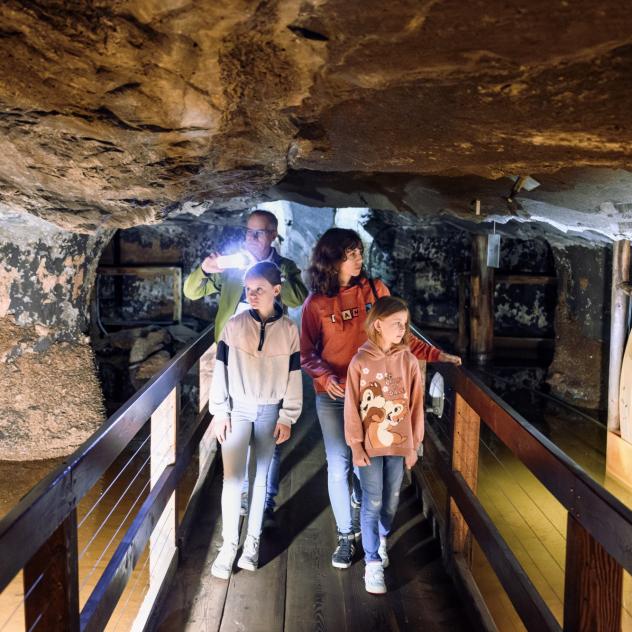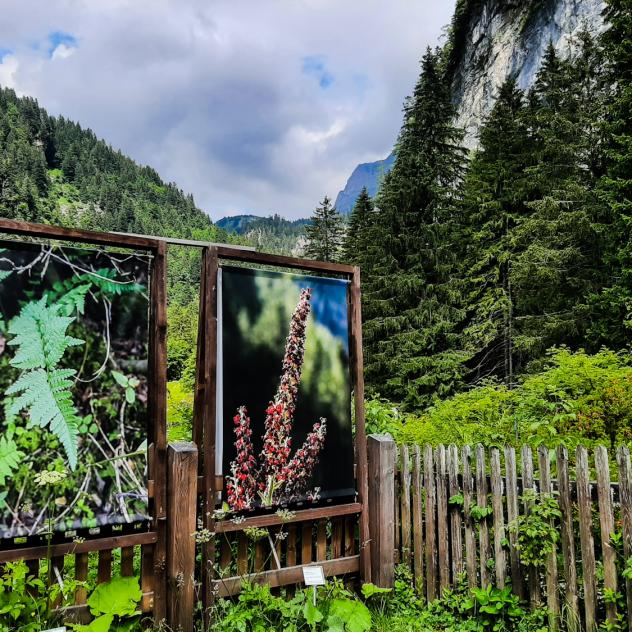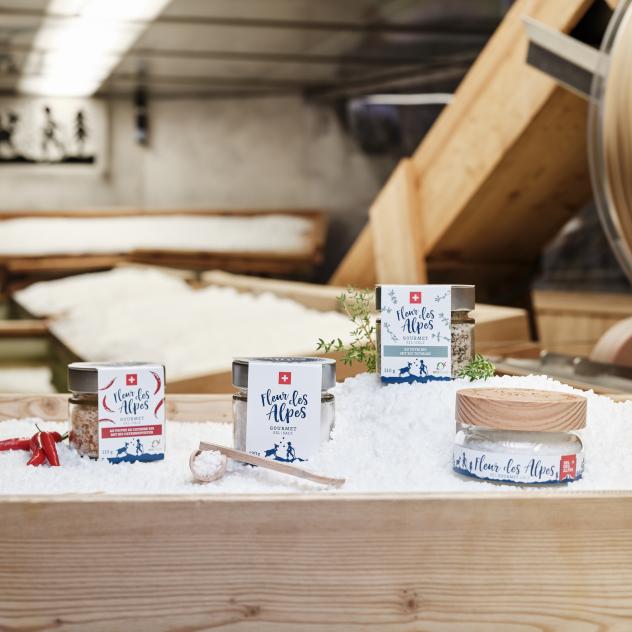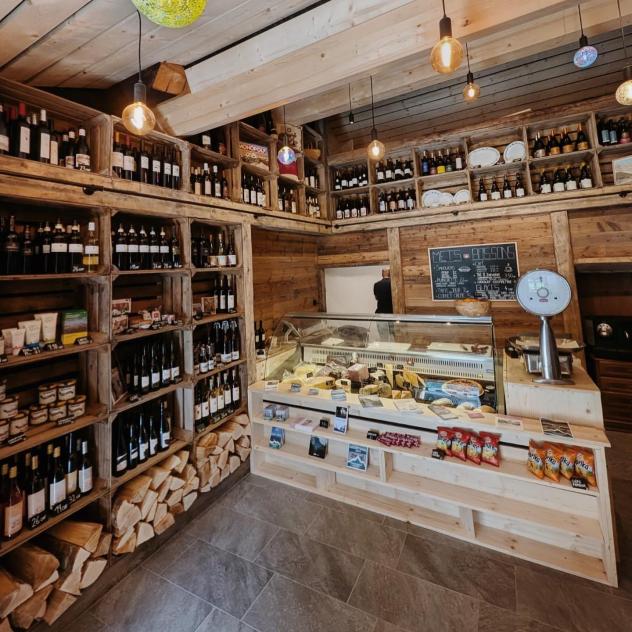
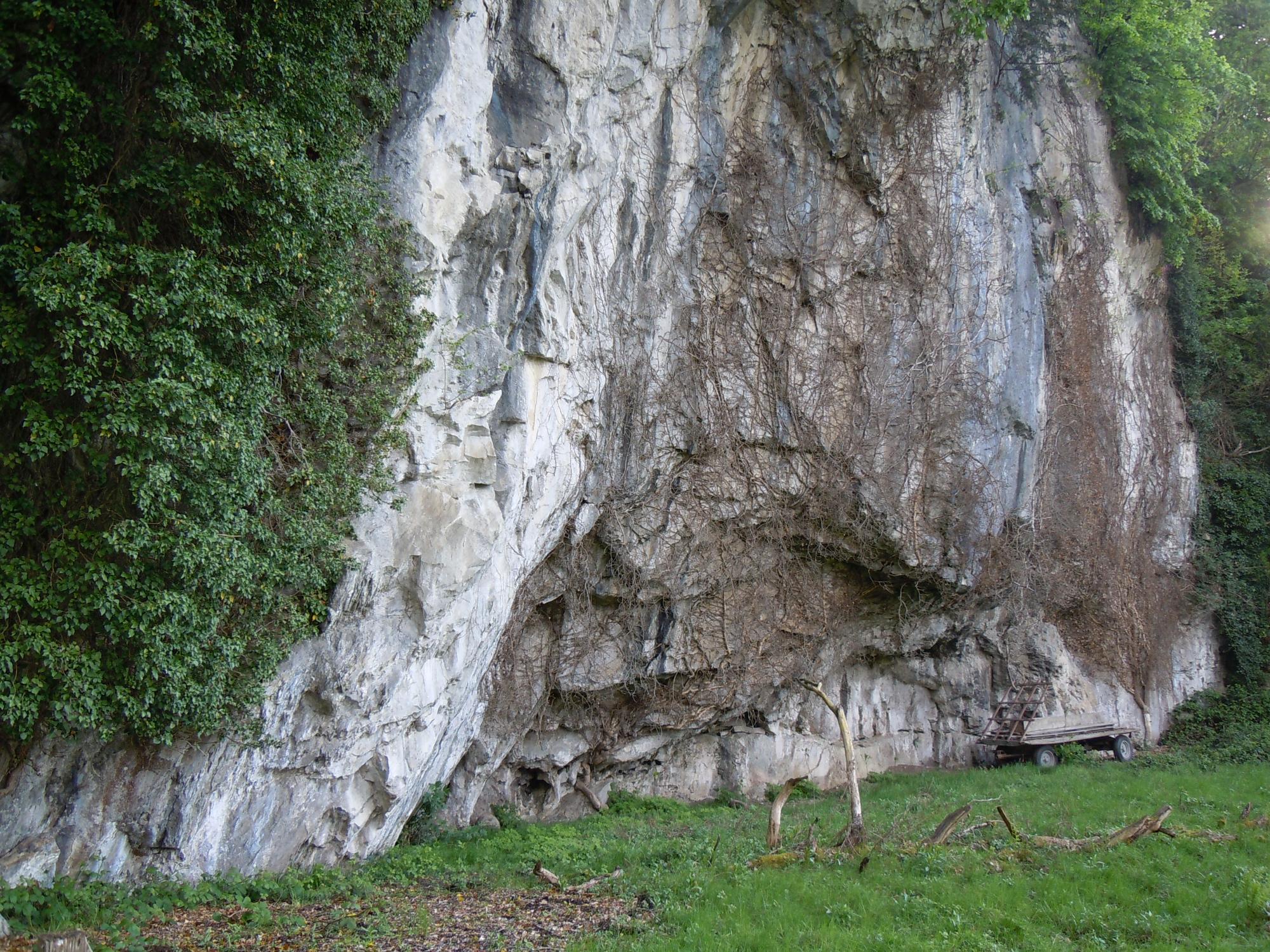
Overview
This shelter, facing north and offering little protection against the weather, was first used as a sheepfold in the Neolithic period (from 3000 BC).
In 1886, one of the most important monetary treasures in Switzerland was discovered a few dozen metres south of the house at Chemin des Mûriers 1. This treasure, consisting of 500 to 600 silver coins and two silver bracelets, was buried in 260 AD during the Alamanni invasions.
Excavations in 1910, 1911, 1926 and 1987 showed that the shelter appears to have retained this function until the Bronze Age (around 800 BC). Indeed, numerous pits containing ceramics and animal bones eaten by the shelter's occupants were found.
The rock shelter was not a permanent settlement site but probably a temporary place of refuge from the Neolithic period.
However, during excavations in the shelter, in addition to pits containing ceramics and animal bones eaten by the shelter's occupants, a small cremation pit was discovered in which two newborn babies were lying, accompanied by a bronze ring and pottery shards. The pit is dated to between 1500 and 1100 BC.
A few objects from the Roman period (pottery fragments, coins, tiles) show a later temporary reoccupation of the shelter.
In addition to the rock shelter, several sites dating from the Middle-Final Neolithic have been discovered in the Chablais in recent decades. The two most important are St-Triphon and Collombey-Barmaz. These excavations have uncovered permanent settlements and graves.
The name "Mûriers", given to the locality where the shelter is located, refers to a silkworm farm (and the mulberry trees on which its animals feed) which had been established nearby since the 19th century.
For more information:
A. Gallay, (ed.), Des Alpes au Léman : images de la préhistoire, Goillon 2008, 2nd ed, p. 326, no. 12.
M. David-Elbiali, La Suisse occidentale au IIe millénaire av.-C. : chronologie, culture, intégration européenne (CAR), 2000.
C. Wagner, Le Chablais dans les pas des archéologues, Monthey, 1998, p. 20.
The treasure of Sous-Vent
One of the most important monetary treasures in Switzerland was discovered in 1886, a few dozen metres south of the house at Chemin des Mûriers, 1. This treasure, consisting of 500 to 600 silver coins and two silver bracelets, had been buried in 260 AD, during the Alamanni invasions.
On 18 December 1886, a railway employee digging a trench in a field on the edge of the railway line between Bex and St-Maurice found a treasure consisting of two bracelets and nearly 600 silver coins, stored in a leather purse placed in a bronze bowl, itself protected inside a box made of masonry slabs, at a depth of one metre and a few dozen metres to the south of the house at Ch. des Mûriers 1. The railwayman sold it all the same day in Aigle to a jeweller in Montreux. Within a few months, the treasure was dispersed among antique dealers and private individuals. In 1888, the Bern Historical Museum managed to recover 92 coins, the two bracelets and the bronze bowl. Five other coins entered the collection of the Collège d'Aigle.
The study of these 97 coins showed that they dated between 238 and 260 AD. They were probably buried during the spring or summer of 260 AD, when armed bands of Alamanni "barbarians" from Belfort planned to invade northern Italy, following the roads leading to the Alpine passes. The Bex treasure suggests that groups of Alamanni tried to pass through the Great St Bernard. However, it is possible that the St. Maurice lock resisted their attacks and that the Alamans had to turn back and use the Petit-St-Bernard or Mont-Cenis passes. In any case, there is no trace of buried treasure in 260 between St-Maurice and the Grand-St-Bernard, nor in central Valais for that matter. Moreover, Martigny does not seem to have suffered any damage in 260.
For more information:
Y. Muhlemann, "La trouvaille monétaire de Bex-Sous-Vent de 1886", Bulletin de l'Association des amis du Musée monétaire cantonal, 20, 2007, pp. 61-77.
Y. Muhlemann, 'La trouvaille monétaire de Bex-Sous-Vent (VD, Switzerland) : une nouvelle analyse', Proceedings of the XIVth International Numismatic Congress Glasgow 2009, Glasgow 2011, pp. 864-871.
Location
Getting to Bex
Car parks and transport
Brochures and maps
Practical information
- location_on
Office du Tourisme de Bex
Avenue de la Gare 68
1880 Bex
- phone_in_talk
+41 24 463 30 80
- mail
info@bex-tourisme.ch
Facebook
Instagram


